Ultra crisp: Top 5 smartphones with highest PPI ratios (Summer 2015 edition)
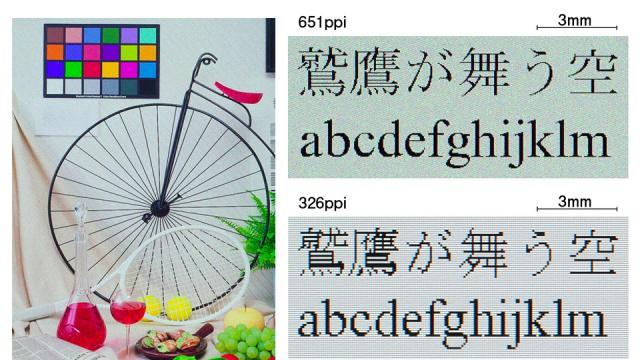
Now, before moving on, it's probably best to give the definition of PPI, so that we know what we're measuring here. The PPI ratio is a mathematical construct that shows how many pixels a display shows inside a square inch surface, and it's the best way to measure the sharpness of a display.
The PPI race: display sharpness vs battery life and performance
Ever since Apple launched the iPhone 4 back in 2012, there has been a lot of talk about the pixel per inch (PPI) ratios featured by smartphone displays.
Apple claims that the human eye cannot distinguish individual pixels when the PPI ratio of a smartphone display goes above 300, especially not at a normal viewing distance. One of our recent studies shows that people have a hard time telling the difference between a Quad HD panel with a PPI of 577 and a Full HD panel with a PPI of 432. The test also shows that it's practically impossible to notice any improvement in terms of sharpness at more than 6 inches, much closer than the typical viewing distance of about 12 inches.
At the moment, there's an ongoing debate whether the drawbacks of pixel-dense display are worth the trouble, seeing that both performance and battery life take a hit when the PPI density of a smartphone goes up.
The GPU of a smartphone with a QHD (1440 by 2560 pixels) display has to push 77% more pixels compared to the GPU of a smartphone with a FullHD (1080 by 1920 pixels) display, and four times as many pixels compared to the GPU of a smartphone with an HD (720 by 1280 pixels) display.
In many cases, this increased resolutions significantly impact the performance of a smartphone, especially when playing graphics-intensive games. Furthermore, not only do denser displays draw more juice from the battery, but higher display resolutions require faster chipsets, which have higher power consumption rates. In many ways, the PPI race is the main reason why most smartphones are still only able to last a single day on a charge, which isn't a major improvement compared to where we were three or four years ago.
The GPU of a smartphone with a QHD (1440 by 2560 pixels) display has to push 77% more pixels compared to the GPU of a smartphone with a FullHD (1080 by 1920 pixels) display, and four times as many pixels compared to the GPU of a smartphone with an HD (720 by 1280 pixels) display.
5. Meizu MX4 Pro
There are many smartphones currently out there with 5.5-inch displays running at 1440 by 2560 pixels (QHD), and these specs translate into a PPI of 538. The number five smartphone on our list, the Meizu MX4 Pro, tops this with a 5.5-inch display that runs at the slightly higher resolution of 1536 x 2560 pixels, which results in a PPI of 546.
Internally, the Meizu MX4 Pro is powered by an Exynos 5 Octa 5430 chipset with four ARM Cortex-A15 CPU cores clocked 2GHz, four additional Cortex-A7 CPU cores clocked at 1.5GHz, and a Mali-T628 GPU. Other specs include 3GB of RAM, 16/32/64 GB internal storage options (no microSD card slot), a 20.7MP primary camera, and a 3350 mAh battery. Learn more about this handset in our Meizu MX4 Pro review.
4. HTC One M9+
In many ways, the HTC One M9+ is the M9 that should have been. Unlike the regular HTC One M9, which comes with a 5-inch display with a resolution of 1080 by 1920 pixels (FullHD) at a PPI of 441, the One M9+ comes with a 5.2-inch panel running at 1440 by 2560 pixels at a PPI of 565. This is one of the sharpest displays currently available, which is why the One M9+ made our list.
Just like the regular M9, the M9+ comes with a sleek aluminum build that's about as premium as you're going to get on a smartphone.
Under the hood, the One M9+ comes with a Mediatek MT6795T (Helio X10) chipset, a mobile SoC that integrates a 2.2GHz octa-core ARM Cortex-A53 CPU and a PowerVR G6200 Rogue GPU. Other specs include 3GB of RAM, 32GB of integrated storage space, a microSD card slot, a 20MP duo camera with dual-LED flash on the front, a 4MP secondary camera, a fingerprint reader, and a 2840 mAh battery.
3. Motorola DROID Turbo
The Motorola DROID Turbo comes with a 5.2-inch display that runs at 1440 by 2560 pixels at a PPI density of 565. Although it's tied with the HTC One M9+ in terms of PPI, the DROID Turbo deserves to take the third place in these rankings as its large 3900mAh battery does well to negate the disadvantages of such a high resolution.
The best smartphone that Motorola currently makes is based on the Qualcomm Snapdragon 805 chipset, a mobile SoC that integrates a 2.7GHz quad-core Krait 450 processor and an Adreno 420 GPU. Other notable specs include 3GB of RAM, 32GB of 64GB of internal storage (no microSD card slot), a 21MP primary camera and a 2MP secondary shooter. To learn more about the handset, head on to our Motorola Droid Turbo review.
2. Samsung Galaxy S5 LTE-A
The Samsung Galaxy S5 LTE-A was launched last year as a beefed up version of the standard Galaxy S5. However, despite the fact that it's the oldest smartphone in this list, the Galaxy S5 LTE-A still matches the top PPI currently available on a smartphone. The handset comes with a 5.1-inch Super AMOLED display running a resolution of 1440 x 2560 pixels (QHD) at a PPI of 576.
Unlike the regular Galaxy S5, which comes with a Snapdragon 801 chip, the LTE-A version features the Qualcomm Snapdragon 805, the same chip that powers the US version of the Samsung Galaxy Note 4. The Snapdragon 805 boasts a 2.7GHz quad-core Krait 450 CPU and an Adreno 420 GPU. Other specs include 3GB of RAM, 16 or 32GB of microSD-expandable internal storage space, a 16MP primary camera, a 2MP sensor on the front, and a 2800mAh battery.
1. Samsung Galaxy S6 / S6 edge
The Samsung Galaxy S6 and the Galaxy S6 edge actually come with the same PPI as the Galaxy LTE-A, but they deserve the first spot on our list as they bring better specs across the board. Both Galaxy S6 versions come with 5.1-inch Super AMOLED panel running at 1440 by 2560 pixels (QHD) at a PPI of 576, with the notable difference that display on the S6 edge curves towards the sides.
As far as the internal specs are concerned, the S6 and the S6 edge are basically the same smartphone. The brains of the operation is the Exynos 7420, the world's first mobile chipset manufactured using the 14nm node process. The SoC integrates four Cortex-A57 CPU cores clocked at 2.1GHz, four additional Cortex-A53 cores clocked at 1.5GHz, and a Mali-T760MP8 GPU. Paired with 3GB of RAM, the Exynos 7420 seems to be, at least for the moment, the only chip capable of pushing a QHD resolution without a major drop in performance.
The 16MP primary camera comes with autofocus, optical image stabilization, and LED flash, being one of the best smartphone cameras currently around. Other specs include a 5MP secondary shooter, 32/64/128GB storage options (no microSD card slot), and a 2550mAh battery. For more details, check out our Samsung Galaxy S6 review and our Samsung Galaxy S6 edge review.
Follow us on Google News




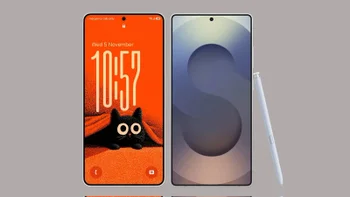



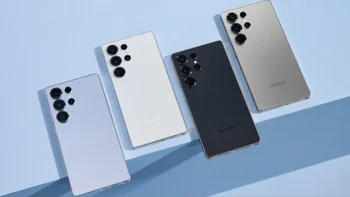
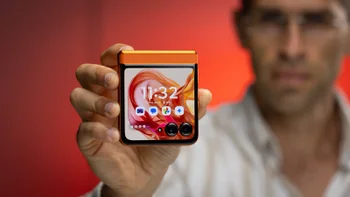
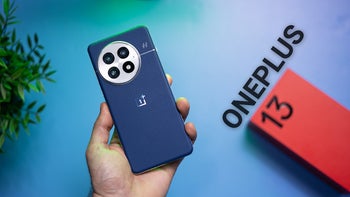
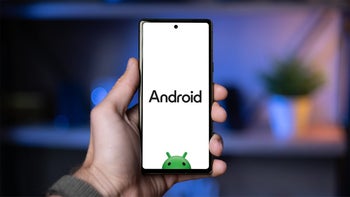
Things that are NOT allowed:
To help keep our community safe and free from spam, we apply temporary limits to newly created accounts: